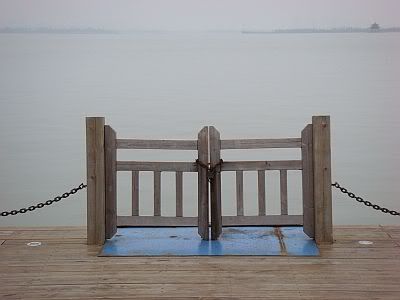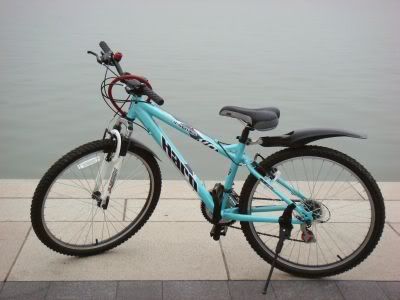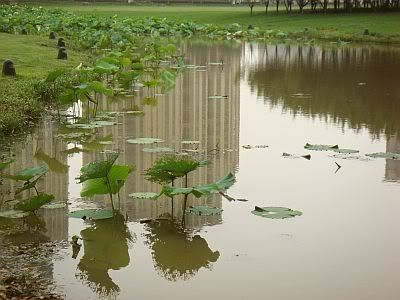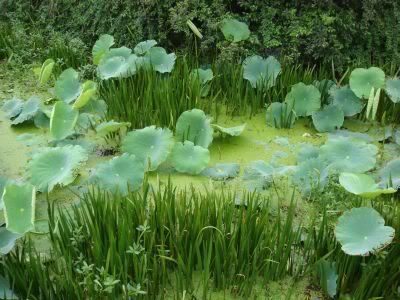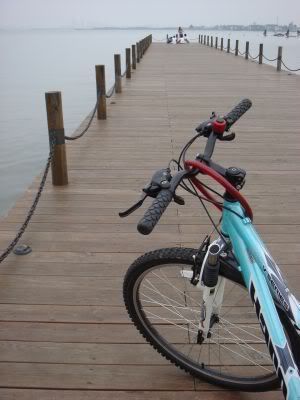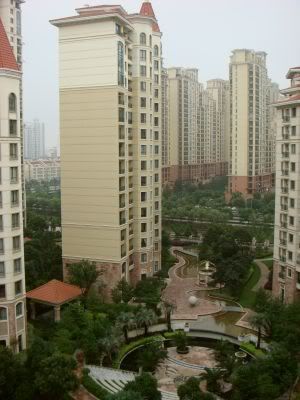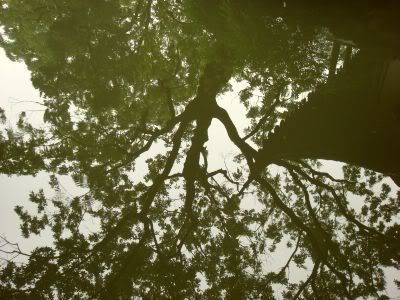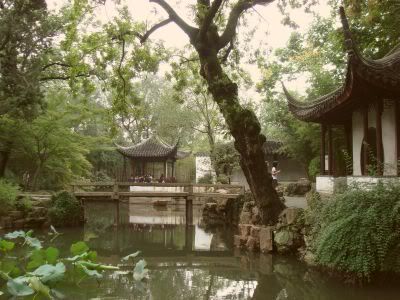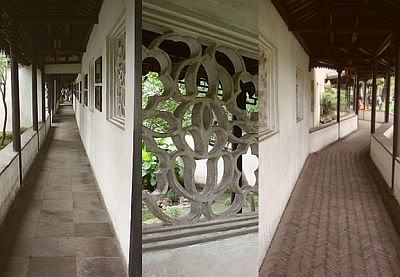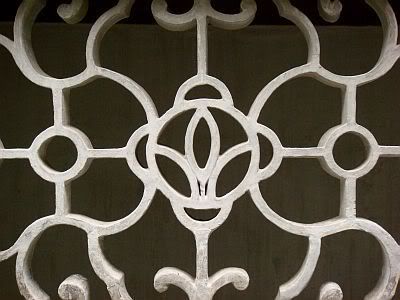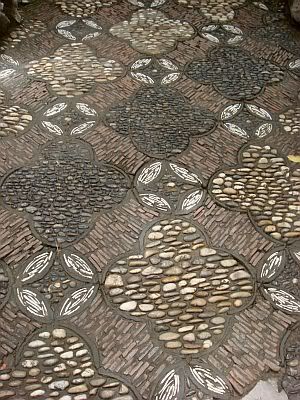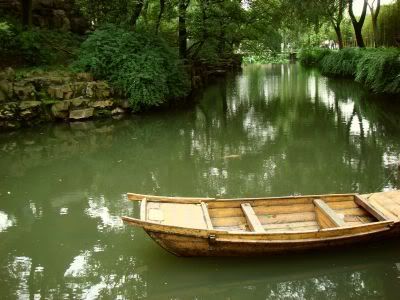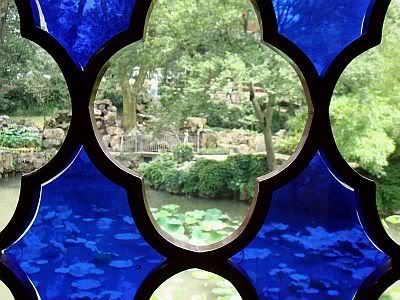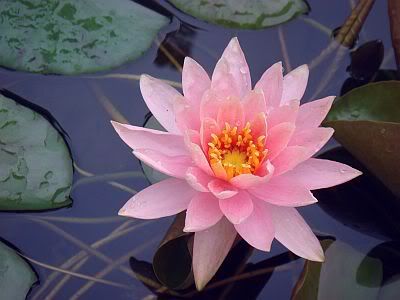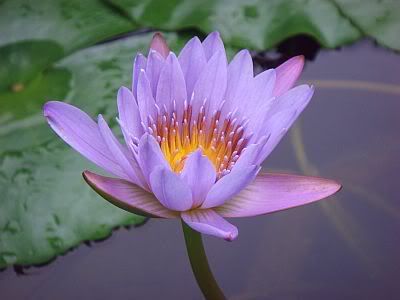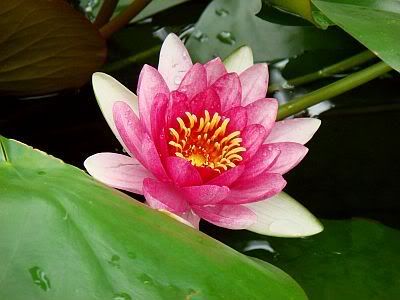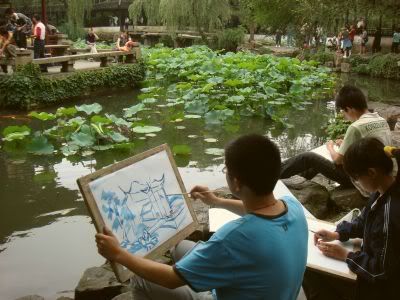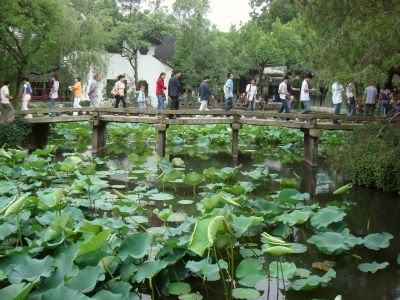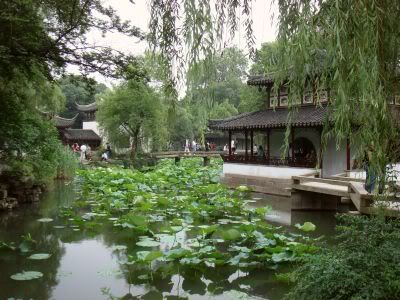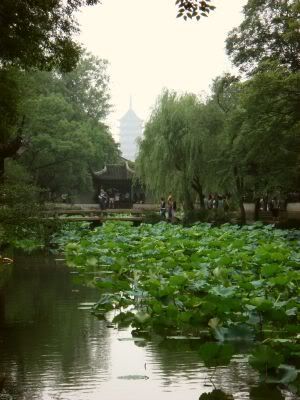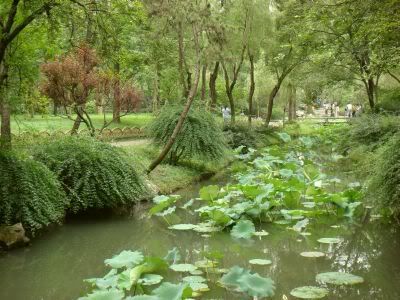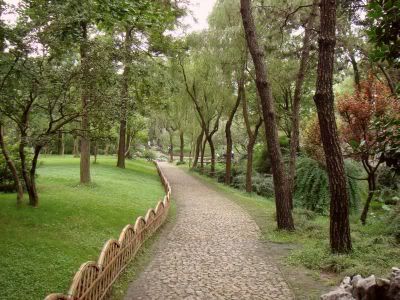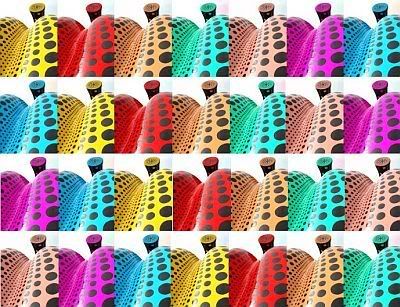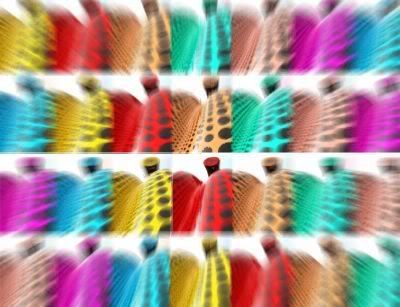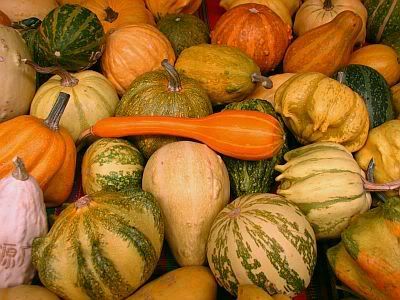
The Potala Palace is a MUST visit in Tibet. The palace was the chief residence of the Dalai Lama until the 14th Dalai Lama fled to India after a failed uprising in 1959. Today, the palace has been converted into a museum by the Chinese, and is famous for its grand buildings, devotional atmosphere and splendid internal artworks. It was reported that the palace will allow no more than 2,300 visitors a day, therefore ticket can be hard to come by especially during peak seasons.

Buddhism was initially slow to take place in Tibet, but is now one of the most devoutly Buddhist nation in the world. Bustling with worshippers, the Jokhang temple is one of the most revered religious structure in Tibet. The spokes of the Wheel of Law represent the eight parts of th Noble Eightfold Path. The wheel is usually flanked by two deers.

Tibetan prayer flags often found strung along mountain ridges to bless the surrounding countryside. These prayer flags come in sets of five, one in each of five colors. The five colors represent the specific elements (blue, space; yellow, earth; green, water; red, fire and white, air), and are arranged from left to right in a specific order. When the flags flutter, prayers are thought to be released to the heavens.

Tibet's children often live in areas far from schools. In many cases, Tibetan families cannot afford to send their children to secondary school because they are all too far away from their village. Kids may have to walk miles and miles, sometimes they were seen to hitch to and back from schools.

Travel permits are required to visit Tibet - the Tibet Tourism Bereau Permit (TTB Permit) will be arranged by the travel agency organizing the trip. And if you want to go further to the "unopened" areas, you need an Alien's travel permit issued by PSB of Tibet.

On the prayer wheels or Mani wheels are depicted mantra. According to the Tibetan Buddhist tradition, spinning such a wheel will have much the same effect as orally reciting the prayers. A wheel can be the size of a fist, or a small building and can be powered by hand, water, or wind.

Tibet can pose particular risks to your health and the large part of these are associated with the high average altitude of the plateau. I was admitted to the hospital for a good three hours due to insuffificient altitude acclimatisation. I was treated for oxygen enrichment, plus other sugar and antibiotic drips.

For centuries, the Tibetans have valued yak - a long-haired bovine. No part of the animal is wasted, and a man's worth is measured by the size of this herd.

Tibet today has won back many religious freedoms. Many of the monasteries are built in high locations above villages. Drepung and Sera Monasteries are once the largest monasteries in the world.

The Tibetan plateau - the earth's highest ecosystem is of some great wilderness. Other than monasteries, and pilgrim circuits, there is plenty to see to keep you busy at least a good 2 weeks. One may enjoy stunningly scenic routes when travelling out of Lhasa.
More to blog. Keep track.
